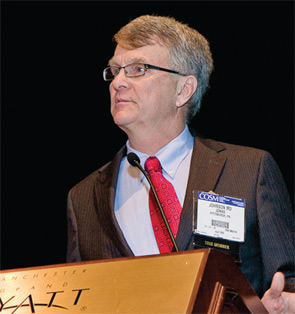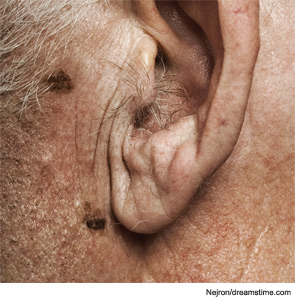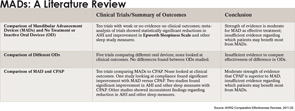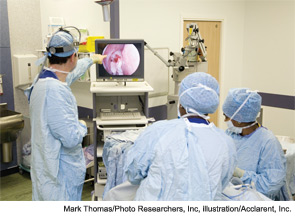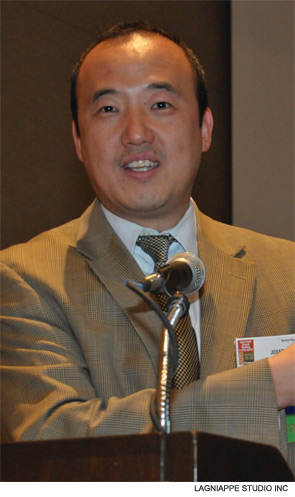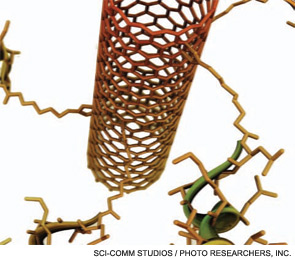PET combined with CT might be one of the most powerful imaging technologies available, but how effective it is in evaluating head and neck tumors and helping with treatment is not a cut-and-dried proposition, said Jonas Johnson, MD, in his State of the Art Lecture at the 115th Annual Meeting of the Triological Society, held here on April 20 as part of the Combined Otolaryngology Spring Meetings.
